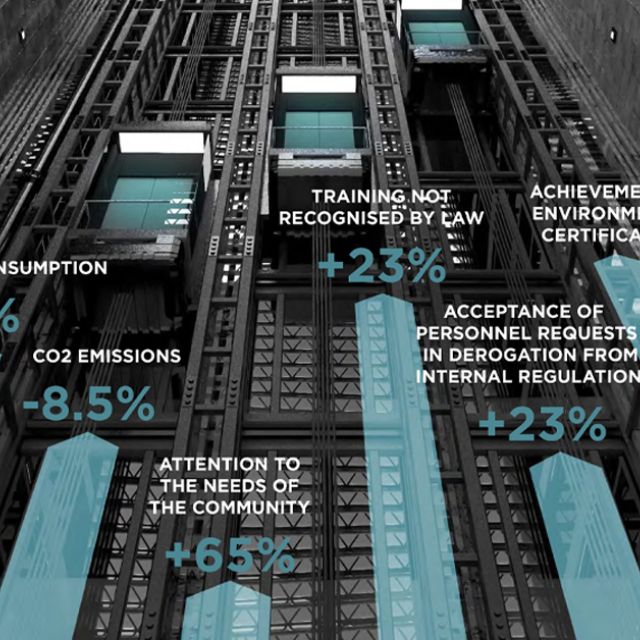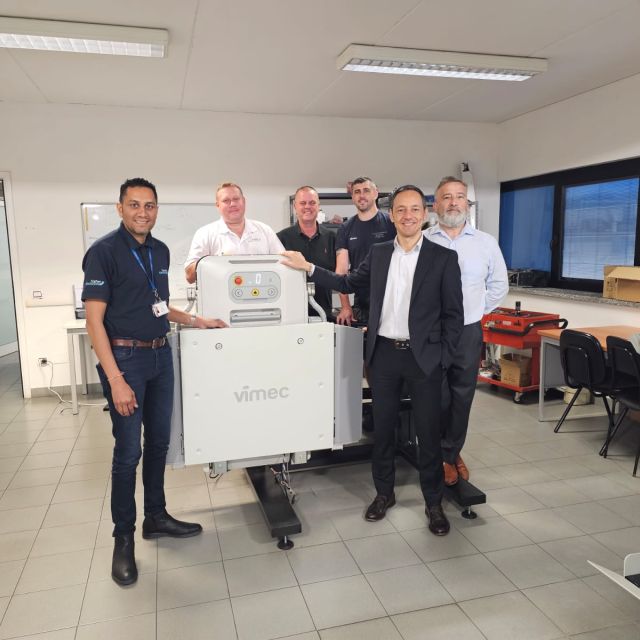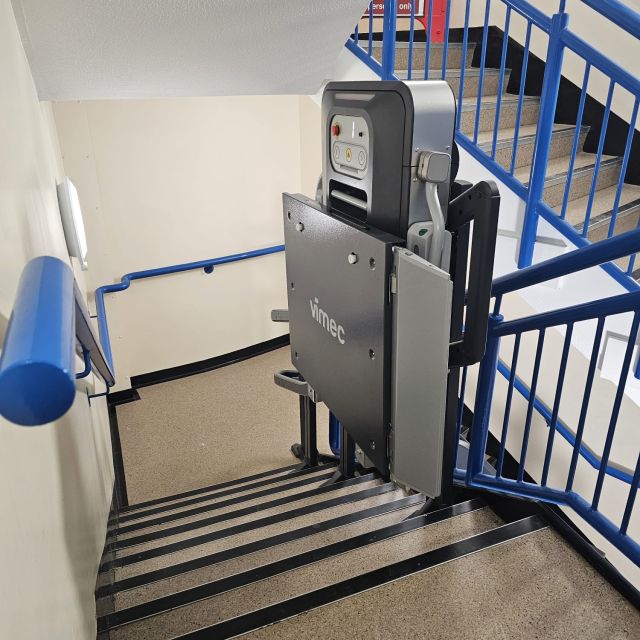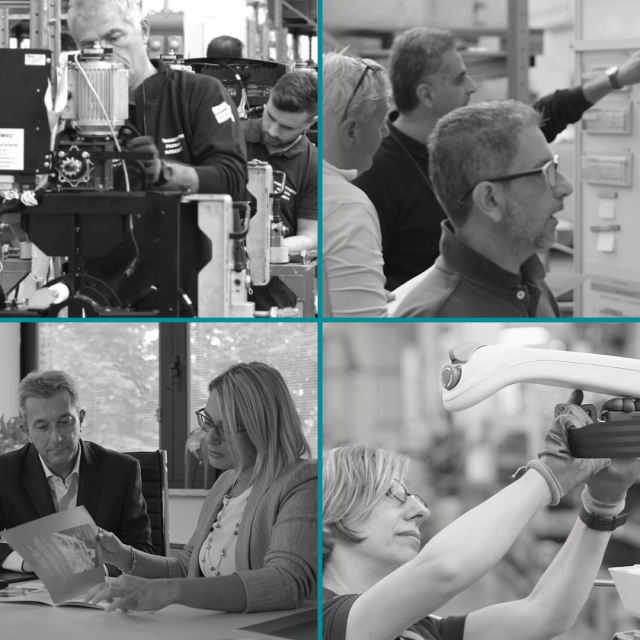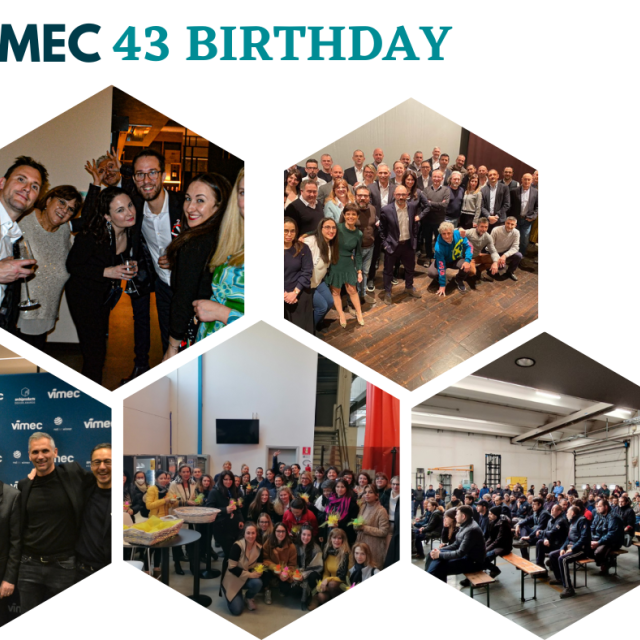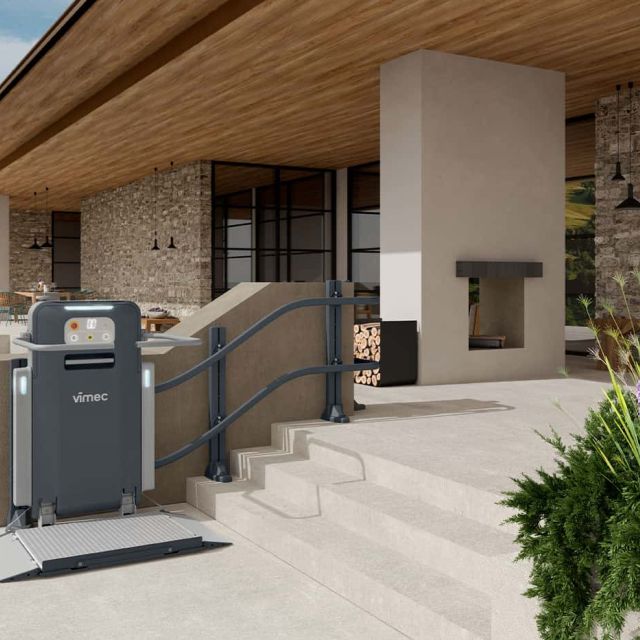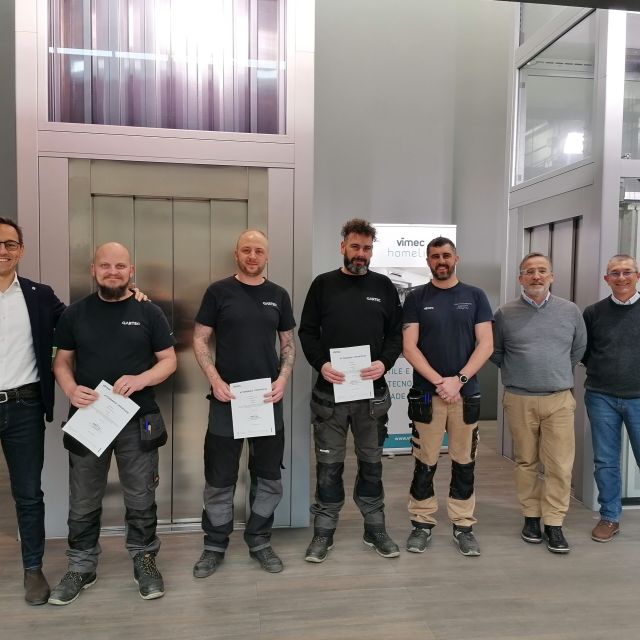-

Accessible Tourism
Vimecnews
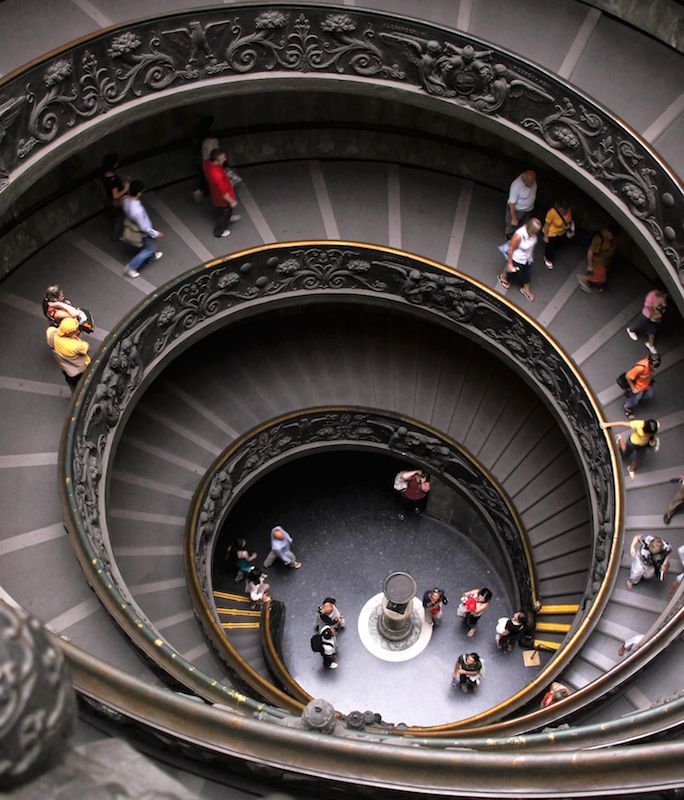
We all know the meaning of the word “trip”: we like to associate it with positive feelings, freedom, discovery, exploration and relaxation.
However, travelling isn’t always that easy for everyone.
There are entire categories of people with more or less evident limitations for whom travel is not so straightforward: these include the blind, the visually impaired, the hard of hearing, the deaf, people with mental disabilities, and people in wheelchairs, as well as the elderly. Even those with “simple” dietary intolerances can have difficulties!
We like the definition of “accessible tourism” proposed by the “First White paper on Tourism for Everyone in Italy”: The term “Accessible Tourism” refers to the combination of services and structures that allow “people with special needs” to enjoy vacation and leisure activities in a gratifying way, without any obstacles or difficulties, and therefore under conditions of complete safety, autonomy, and comfort.
Awareness in Italy
In comparison to other European countries, Italy is not exactly at the forefront in terms of accessible tourism.
The main limitations are linked to the numerous architectural barriers.
One explanation for their presence lies in the fact that Italian cities often have ancient origins: the narrow streets, historic buildings, and bridges were designed and built centuries ago, when there was no awareness of this problem. These historic buildings are subject to conservation constraints, which sometimes make it difficult to carry out restoration work that takes the needs of people with various types of disabilities into account.
Awareness is on the rise, however, and things are increasingly beginning to move in the direction of accessible tourism. Several examples are provided below:
- Buses: major Italian cities are upgrading their fleets of buses with models equipped with platforms for allowing access to passengers in wheelchairs.
- Railway stations: dedicated personnel are present at certain Large Railway Stations identified by Ferrovie dello Stato in order to assist people with various types of disabilities.
- Trains: the High Speed trains and new regional trains that have recently become operational are equipped with wheelchair platforms.
- Urban roads: sidewalks with tactile pathways for the visually impaired are becoming increasingly common throughout Italy. An increasing number of pedestrian traffic lights are equipped with audible signalling devices.
Small measures for rendering places accessible
As we have seen, the public sector is taking its first steps to promote unfettered access throughout the country, thus reducing the existing difficulties.
However, there are many small steps to be taken in the private sector as well. Several small measures that can be taken to improve the travel experience in general are listed below:
- For Hotels
- Install non-slip flooring
- Eliminate the doorsteps for accessing rooms or balconies
- Provide ample free room for the movement of wheelchairs
- For restaurant
- Use different kitchen utensils for meat and fish
- Clearly indicate the allergens present in the menu items
- For public places
- Install inclined platforms next to the stairs for accessing the various rooms
- Increase the use of descriptive texts in Braille
- Render guides available who are fluent in sign language
Never give up
The goal of accessible tourism is a major challenge for the future, one in which the various actors must work together to guarantee an essential right that’s often taken for granted:
Enjoy vacation and leisure activities in a gratifying way, without any obstacles or difficulties, and therefore under conditions of complete safety, autonomy, and comfort.
The determination of people with disabilities should serve as an example for everyone to seek out solutions to their needs. Never give up!
